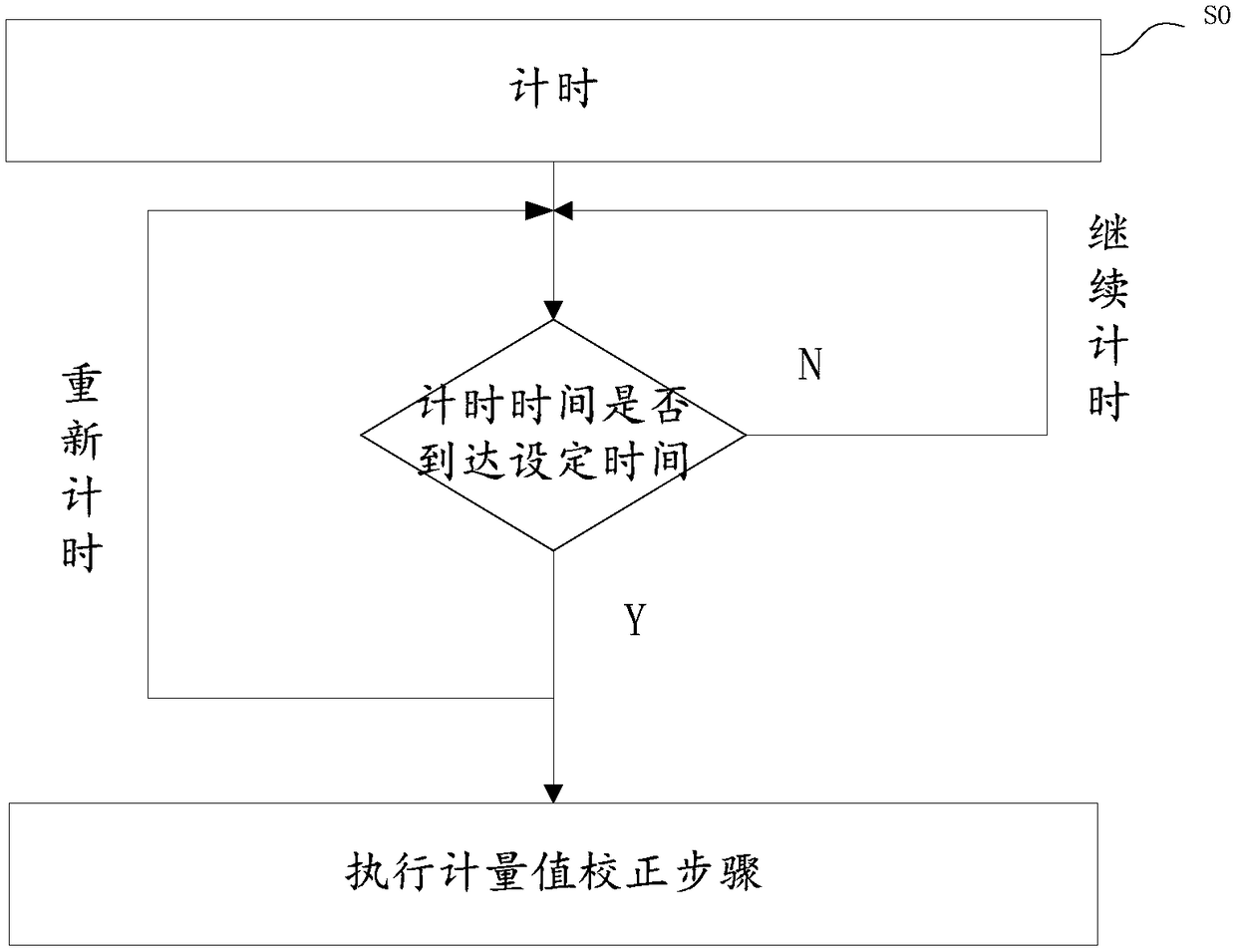Bookkeeping
Joint Cost Allocation Methods Formula, Method, Explanation & Examples

Troiano, R. P., Berrigan, D., Dodd, K. W., Masse, L. C., Tilert, T., & McDowell, M. In this simulation you will examine how changing the slope and y-intercept of an equation changes the appearance of a plotted line. Select slope-intercept form and drag the blue circles along the line to change the line’s characteristics. cash flow statement Then, play the line game and see if you can determine the slope or y-intercept of a given line. Most results in science are presented in scientific journal articles using graphs. Graphs present data in a way that is easy to visualize for humans in general, especially someone unfamiliar with what is being studied.
Would you prefer to work with a financial professional remotely or in-person?
For example, the person measuring the length of a stick with a ruler notices that the stick length seems to be somewhere in between 36 mm and 37 mm. The rule is that the last digit written down in a measurement is the first digit with some uncertainty. For example, the last measured value 36.5 mm has three digits, or three significant figures. The number of significant figures in a measurement indicates the precision of the measuring tool. The more precise a measuring tool is, the greater the number of significant figures it can report. We define a physical quantity either by specifying how it is measured or by stating how it is calculated from other measurements.
Weighted Average Method
Your information is kept secure and not shared unless you specify. Our mission is to empower readers with the most factual and reliable financial information possible to help them make informed decisions for their individual needs. Our writing and editorial staff are a team of experts holding advanced financial designations and have written for most major financial media publications. Our work has been directly cited by organizations including Entrepreneur, Business Insider, Investopedia, Forbes, CNBC, and many others. This team of experts helps Finance Strategists maintain the highest level of accuracy and professionalism possible.
Units of Time, Length, and Mass: The Second, Meter, and Kilogram
The physical measure method is a technique used for allocating joint costs among different products based on a physical measure, such as weight, volume, or quantity produced. This method relies on the assumption that the joint costs should be distributed in proportion to some measurable physical attribute of the outputs. It is a straightforward approach and is often used when physical measures are easily identifiable and relevant for the production process. The standard for length was once based on the wavelength of light (a small-scale length) emitted by a certain type of atom, but it has been supplanted by the more precise measurement of the speed of light. If it becomes possible to measure the mass of atoms or a particular arrangement of atoms such as a silicon sphere to greater precision than the kilogram standard, it may become possible to base mass measurements on the small scale.

Physical Quantities and Units of Measurement
Although there is evidence that many early civilizations devised standards of measurement and some tools for measuring, the Egyptian cubit is generally recognized as having been the most ubiquitous standard of linear measurement in the ancient world. One could go much further into issues of human bias and our tendency to notice what we expect and desire to be true. Suffice it to say that humans are imperfect agents in conducting physical measurements, and we must consistently view our measurements with suspicion.
- A good example is the ell, the universal measure for wool cloth, the great trading staple of the Middle Ages.
- (2) Check that the units of the final answer are the desired units.
- Here you will find options to view and activate subscriptions, manage institutional settings and access options, access usage statistics, and more.
- Typically, the goal is to choose physical quantities that can be measured accurately to a high precision as the base quantities.
- The meter was first defined in 1791 as 1/10,000,000 of the distance from the equator to the North Pole.
- Metric systems have the advantage that conversions of units involve only powers of 10.
Archaeologists have also found weights of 5 minas, in the shape of a duck, and a 30-mina weight in the form of a swan. The shekel, familiar from the Bible as a standard Hebrew coin and weight, was originally Babylonian. Most of the Babylonian weights and measures, carried in commerce throughout the Middle East, were gradually adopted by other countries. The basic Babylonian unit of length was the kus (about 530 mm or 20.9 inches), also called the Babylonian cubit. The Babylonian shusi, defined as 1/30 kus, was equal to 17.5 mm (0.69 inch).
The Hebrew system was notable for the close relationship between dry and liquid volumetric measures; the liquid kor was the same size as the dry homer, and the liquid bat corresponded to the dry ʾefa. The Hittites, Assyrians, Phoenicians, and Hebrews derived their systems generally from the Babylonians and Egyptians. Hebrew standards were based on the relationship between the mina, the talent (the basic unit), and the shekel.
There are also possibilities that electrical phenomena on the small scale may someday allow us to base a unit of charge on the charge of electrons and protons, but at present current and charge are related to large-scale currents and forces between wires. Under what conditions measurement can be identified as a specific form of designed empirical property evaluation is a key issue for measurement science. From this analysis, we derive some general conditions, which we propose to be sufficient to characterize measurement as a specific kind of designed empirical property evaluation. Such comparisons are empirical, not mathematical, as they involve empirical properties of objects. For example, assessing which of two objects is longer, or warmer, does not require operating with numbers, units of length, or temperature, etc.
(The bar is now housed at the International Bureau of Weights and Measures, near Paris). By 1960, some distances could be measured more precisely by comparing them to wavelengths of light. The meter was redefined as 1,650,763.73 wavelengths of orange light emitted by krypton atoms. In 1983, the meter was given its present definition as the distance light travels in a vacuum in 1/ 299,792,458 of a second (Figure 1.14).
